A shift from ‘Can women do peacekeeping?’ to ‘Can peacekeeping do without women?’ - Global South forum
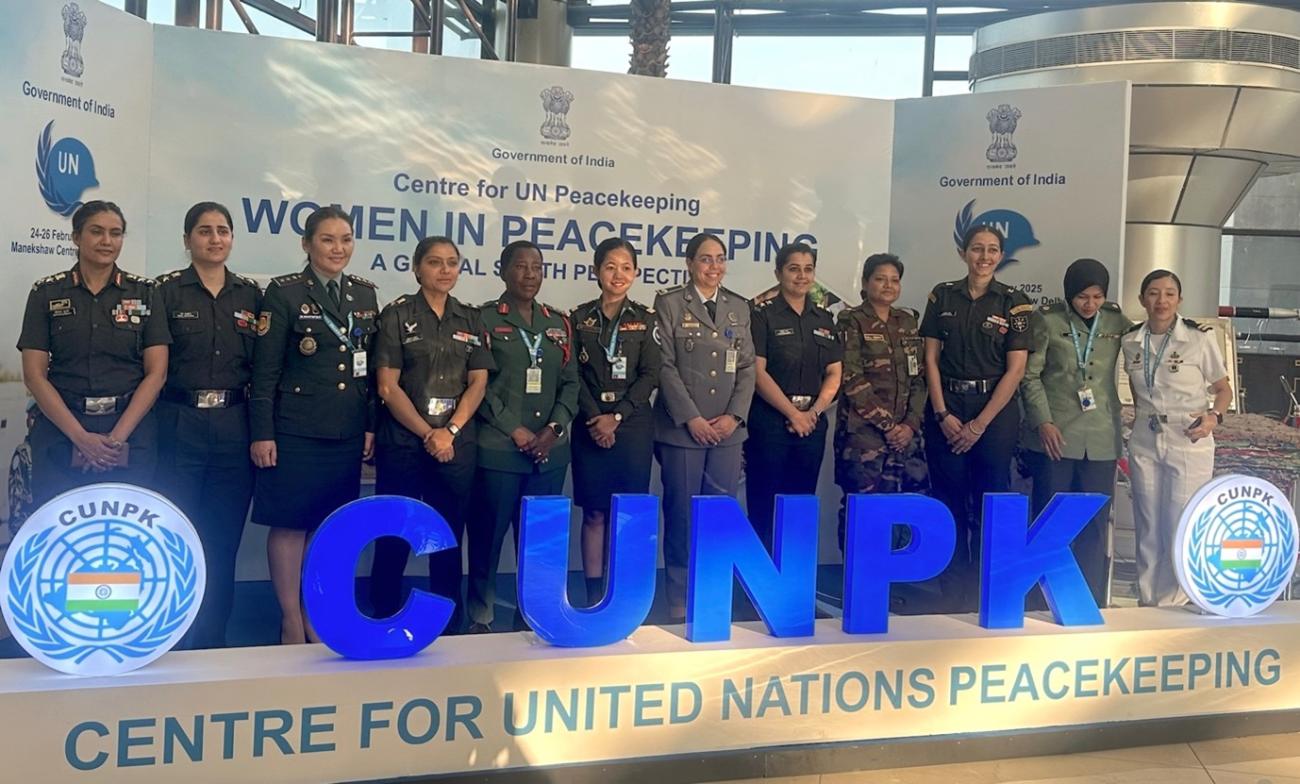
26 Feb 2025
Speaking at the first-ever Conference for Women Peacekeepers in New Delhi, Under-Secretary-General for Peace Operations (USG DPO) Jean-Pierre Lacroix on Tuesday called upon Member States to provide more women in leadership roles within United Nations peacekeeping missions. He underlined the importance of a united and committed international community to ensure that peacekeeping is truly “fit for purpose.”
Back in 2003, the United Nations appointed the first ever female police advisor, Dr. Kiran Bedi from India, who spoke as well, reinforcing why female participation is vital, “Excluding women means ignoring a major segment of the population. Our presence ensures the needs of women and children are addressed, and we can advocate for the most vulnerable.”
The landmark conference, themed “Women in Peacekeeping: A Global South Perspective was held in India’s capital from February 24–25, 2025, bringing together women peacekeepers from 35 Troop-Contributing Countries (TCCs). Organized by the Government of India and the Centre for United Nations Peacekeeping (CUNPK), it highlighted the need for greater female participation and leadership in peace missions worldwide.
Mr. Lacroix emphasized that much remains to be done in making the best possible use of digital technologies, protecting the peacekeepers, and strengthening the role and empowering women in peacekeeping missions.
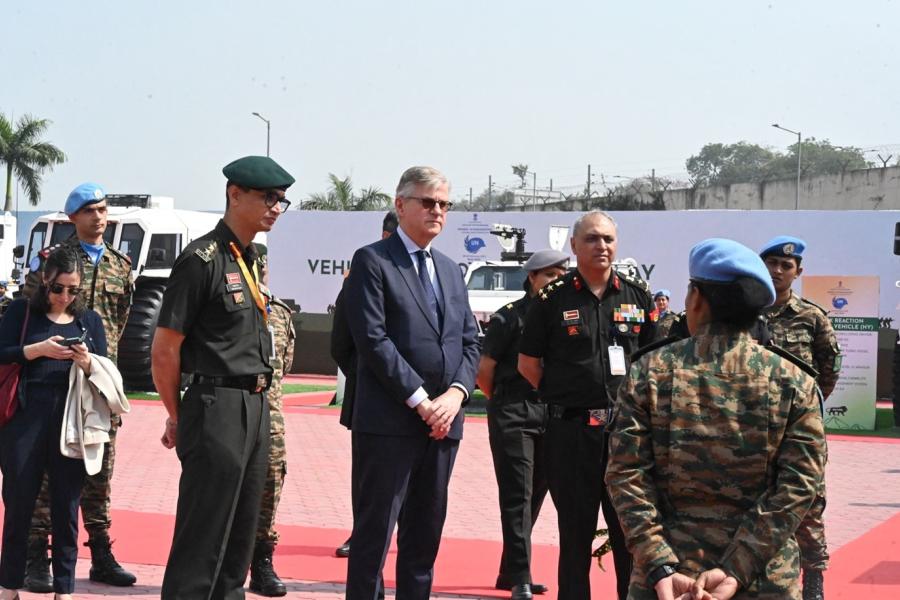
The UN’s Commitment to Gender Parity
Despite various initiatives, fewer than 10% of the UN’s approximately 70,000 uniformed peacekeepers (military, police, and observers) are women. The UN aims to reach 15% women in military contingents and 25% women in police contingents by 2028 (under the Uniformed Gender Parity Strategy).
Gender parity in peacekeeping—especially among leaders and uniformed personnel—has long been a priority for the United Nations. The organization, which relies on Member States for military and police contingents, has launched several initiatives over the years, urging and incentivizing troop- and police-contributing countries to deploy more women peacekeepers.
In 2000, Security Council Resolution 1325 kickstarted the initiative to promote the critical role of women in conflict prevention and resolution, urging increased female participation in all UN peace and security efforts.
Subsequent Women in Peace and Security (WPS) Resolutions (1820, 1888, 1889, 2122, 2242) emphasized women’s leadership in peace processes, post-conflict reconstruction, and preventing sexual violence.
Training programs, including all-women or gender-integrated courses, have been initiated to bolster women’s preparedness and leadership skills for deployment.

India as a Pioneer
Countries of the Global South are the largest troop contributors to UN peacekeeping, with India at the forefront. As the world’s top troop-contributing nation, India has a distinguished history of deploying women in both military and police roles.
• 1960s: Indian women medical officers were deployed in the Congo—initiating India’s legacy of female peacekeeping.
• 2007: India became the first nation to deploy an all-women Formed Police Unit (FPU) in Liberia. This groundbreaking move inspired local women to join the security sector and sparked broader UN efforts to increase female deployment.
Today, India continues to lead with more than 150 women peacekeepers serving in critical missions, including those in the Democratic Republic of the Congo, South Sudan, Lebanon, and the Golan Heights.
Addressing the gathering via video message, India’s Foreign Minister Dr S Jaishankar noted that 2025 marks 25 years since the adoption of UN Security Council Resolution 1325 on Women, Peace, and Security. He stressed the importance of building on the progress achieved so far to further enhance and empower women’s roles in peace and security.
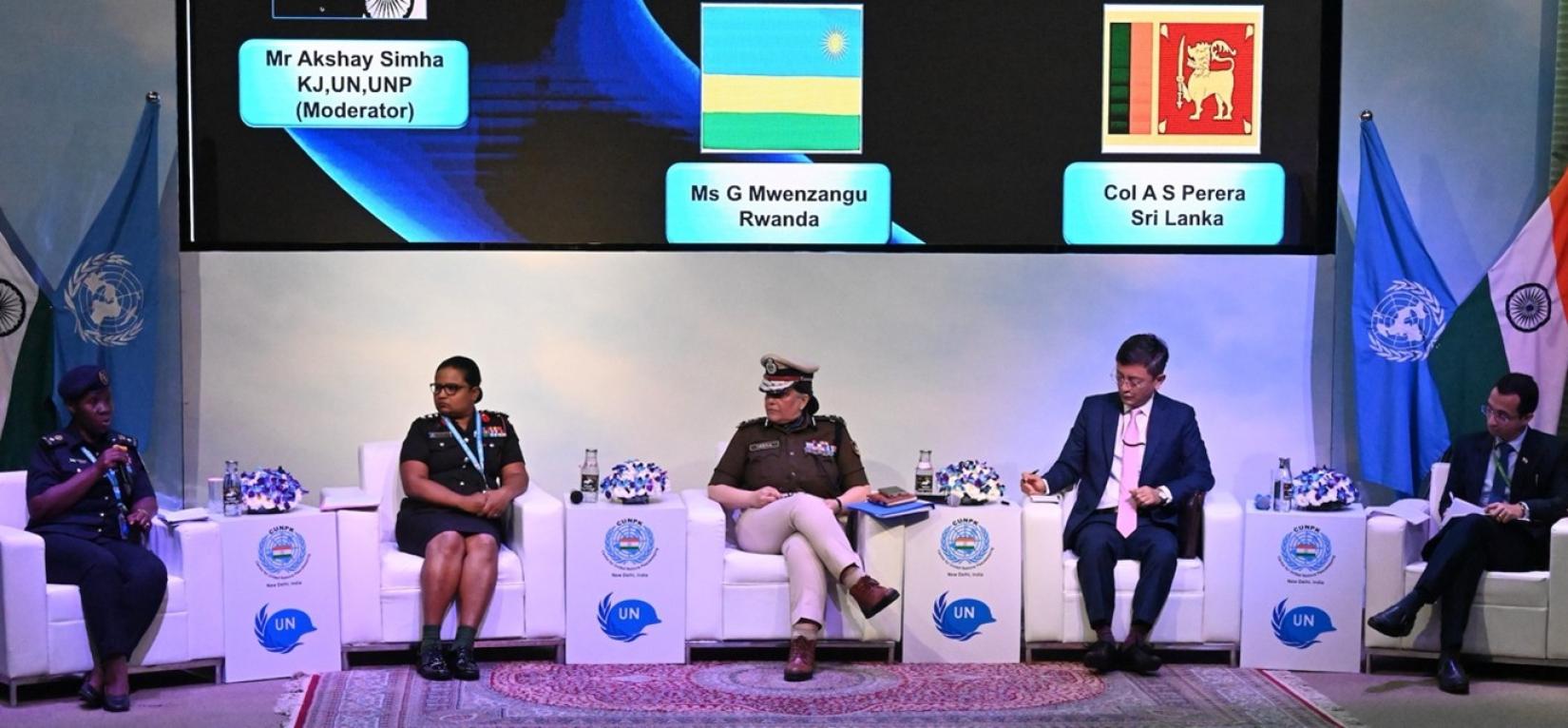
Breaking Barriers: The Legacy of Women Peacekeepers
Inspector General Seema Dhundia, who led India’s first all-women FPU in Liberia, reflected on the experience, “We immersed ourselves in local society, communicating and practicing inclusiveness. Our efforts motivated young Liberian women to join their national police. By the time we left, the number of women in the Liberian National Police had significantly increased.”
This success story inspired other nations—such as Bangladesh and Rwanda—to increase female police deployments to UN missions. Rwanda now boasts one of the highest percentages of women in its security forces, owing to proactive policies aimed at recruiting and training women for peacekeeping.
Gorette Mwenzangu, a Rwandan peacekeeper, highlighted the pivotal role of women’s inclusion in Rwanda’s post-conflict reforms, “Women’s involvement in politics, security, and law enforcement was intentional. As women officers, we could better assist fellow women who had suffered during the war, as well as children affected by the conflict.”
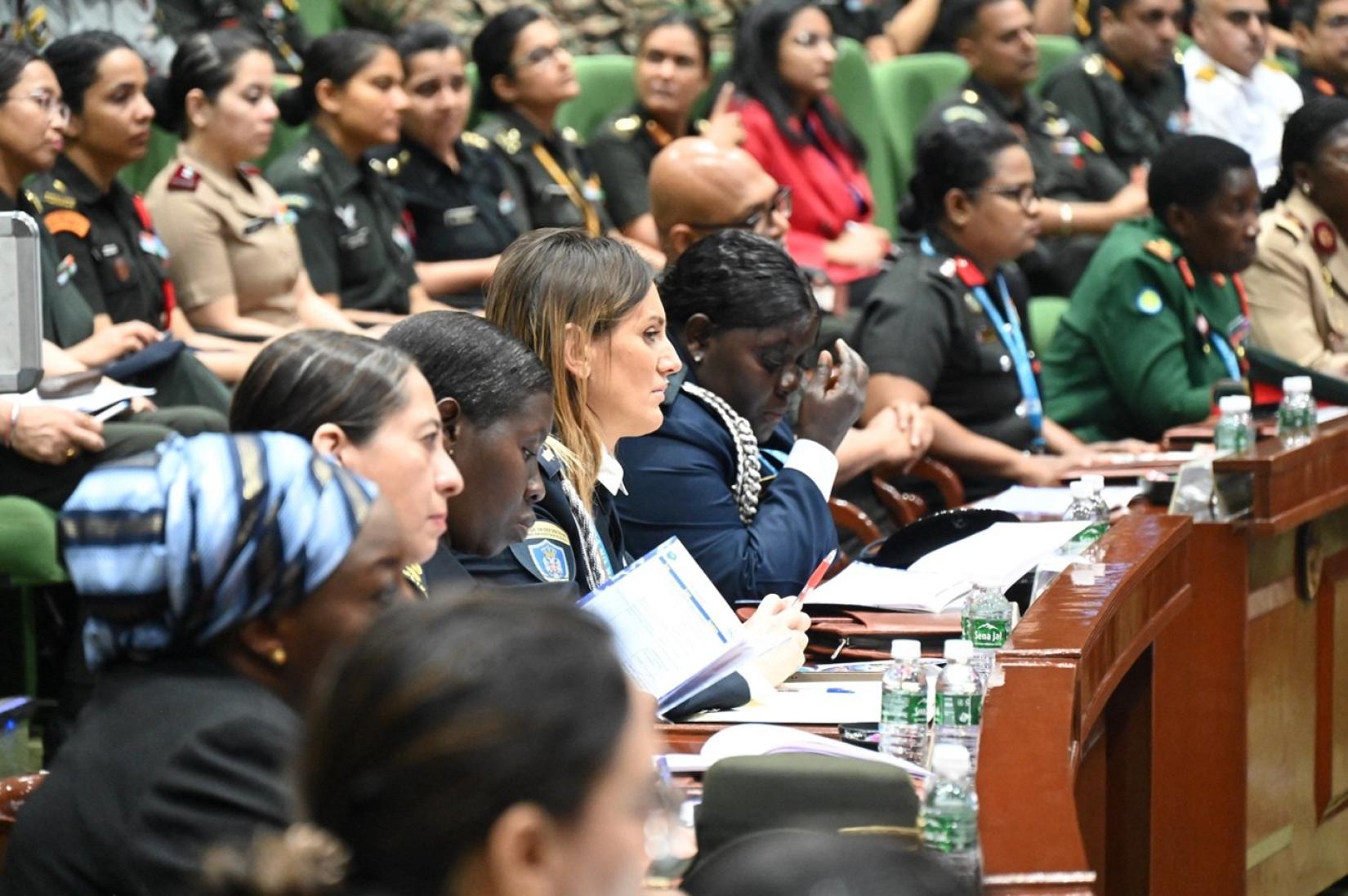
Role Models and Negotiators
Several participants echoed how women often bring invaluable perspectives to peacekeeping operations.
Vice Chief of Army Staff, Indian Army, Lt. Gen. N S Raja Subramani said, “Women, by their presence, are role models of empowerment and encourage other women in the host nation to take up roles in security and governance,”
He added, “Women are far better negotiators and mediators. They help resolve conflicts, and their presence enhances operational effectiveness wherever missions are deployed. Their approach, combined with diverse perspectives, improves mission performance and credibility.”
Major Thermite Mara, a peacekeeper from Guinea, echoed this sentiment, “Women are the best negotiators in the world. We act as mothers, sisters, and family, which helps build trust. We understand when to use force, but we prioritize negotiation.”
A Woman’s Perspective: Security and Peace
From Liberia to Rwanda, Sri Lanka to Morocco, the stories of women peacekeepers showcase their transformative impact on host communities. They deliver operational effectiveness, empathy, and much-needed stability in conflict areas.
Indian peacekeeper Lt. Colonel Neha Khajuria serving in MONUSCO recalled a painting competition for children where every drawing featured guns. Her contingent realized the urgent need for schools and worked to provide educational access.
Col Dilya Akhmetova, a peacekeeper from Kazakhstan, who served in UNIFIL spoke about repairing a church, building roads, and organizing school events, highlighting the community-centric nature of peacekeeping.
Maj. Hind Jirari (Morocco): worked directly with village chiefs, leveraging her role as an Arabic speaker to build trust and understanding.
For Captain Malyko Iman, a peacekeeper from Cambodia, self-belief is paramount, “We can do as much as men. Go into the community with compassion and work for positive change.”
The Conference for Women Peacekeepers concluded with a renewed commitment to invest in women’s participation and leadership, reinforcing the global peacekeeping framework.
As Maj. Hind Jirari aptly stated, “Security and peace are the top needs of every human being. It is deeply fulfilling, and if I had to do it again, I would—without hesitation.”
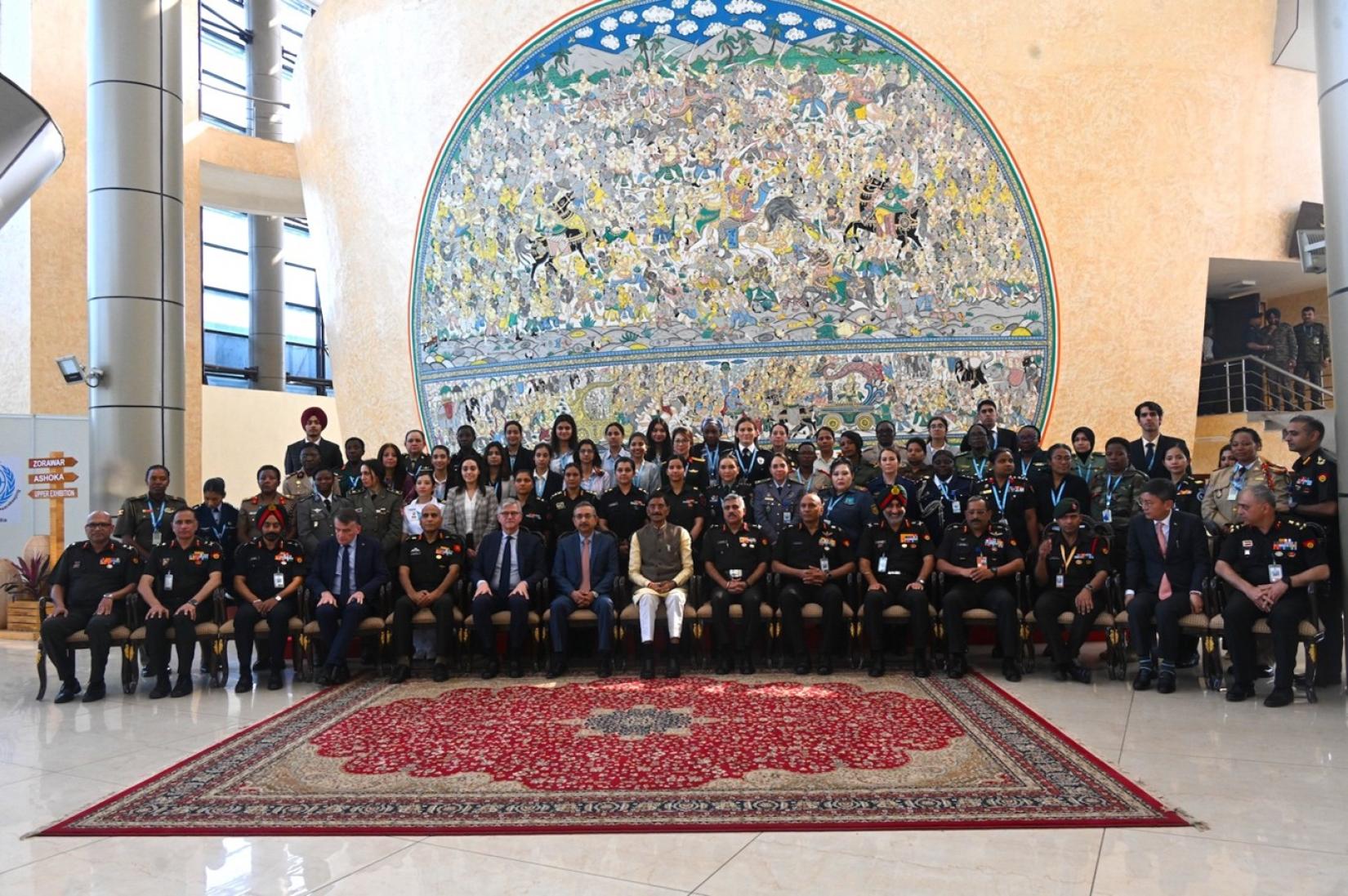
Room for improvement
Although the number of women in peacekeeping missions has risen over the decades—from just 20 between 1957 and 1989 to around 6,200 by September 2023—they still represent under 10% of uniformed peacekeepers.
Christian Saunders, the Special Coordinator on Improving the UN Response to Sexual Exploitation and Abuse, lamented the lack of women in key leadership roles, “Women continue to be placed in stereotypical positions. We need more women overall, and far more in decision-making roles across peace operations.”
Sri Lanka, which maintains a dedicated women’s regiment and has over 10,000 female personnel across its Tri-Forces, still sees a shortfall in actual deployments.
Sri Lankan peacekeeper Colonel W T Anuradha Samanmalee Perera explained, “We have a separate regiment for women, consisting of over 2,500 female personnel. In total, the Sri Lankan Tri-Forces have more than 10,000 female personnel, including 1,300 officers. However, among the 309 peacekeepers deployed in various missions, only 22 are women. This is due to limited opportunities for female personnel to be deployed.”
Wrapping up, one speaker, Inspector General Seema Dhundia, captured a simple truth, “The question is not whether women can do peacekeeping. The question is whether peacekeeping can do without women.”
Adapted from UN News Hindi story



